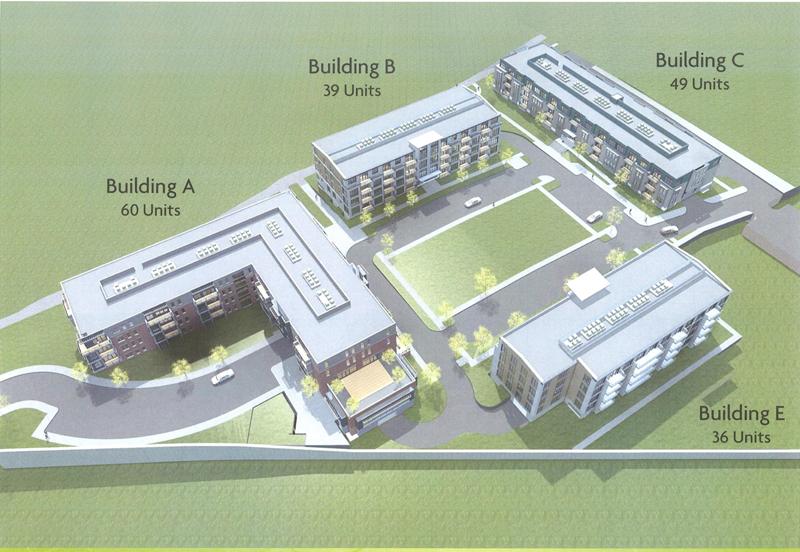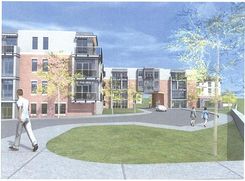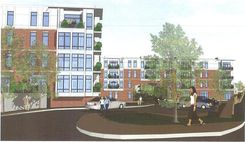Community overview
Somerville, Massachusetts is the most densely populated municipality in New England, with over 77,000 people in a 4.2 square mile area. Located in Middlesex County, Somerville is only two miles north of Boston. It is rich in both culture and history and was part of the route ridden by Paul Revere on his famous “Midnight Ride.” Today, Somerville is an eclectic mix of blue-collar families, young professionals, college students and recent immigrants from countries as diverse as El Salvador, Haiti, and Brazil. It is defined by its city squares which help mark neighborhood boundaries while also featuring bustling businesses and entertainment centers. Each offers a mix of ethnic restaurants, bars and shops and small businesses to meet a wide variety of interests.
Tools you can use
Given the existing density within the city, it is not surprising that citizens voiced multiple concerns when developers proposed to increase the density with a 250-300-unit housing complex on a 5.3 acre former industrial Brownfield site. These concerns led Somerville’s Mayor to postpone funding and to request that the developer fund an inquiry into the residents’ concerns. The mayor wanted tax dollars, the developer wanted revenue, and the community members wanted to ensure that this new project did not negatively impact their quality of life.

For Somerville, the ADR process proved to be a powerful consensus-building tool when implemented responsibly and at the appropriate time. The example provided by Somerville represents the steps of a well-executed process, conducted as follows:
- First identify the shareholders and their interests
- Convince the developers to fund a broad public process led by independent experts who listened to and assessed all stakeholder interests and concerns
- Convene workshops, question and answer sessions, small group discussions, and expert presentations based around the identified concerns to further understand and analyze the contentious issues and shared interests
- Compile results into a report. In Somerville’s case, this was completed by the planning office
- Re-assess needs of the stakeholders based on the report. The planning office and experts conducted this re-assessment for the project in Somerville
- Analyze interests and develop recommendations for creating a project design satisfactory to all parties. The Mayor created a committee (in this case, a Design and Development Committee) to carry out this part of the ADR process
As in most cases where ADR is employed, the parties here found there was a large area of agreement from which to move forward. Somerville was no exception. The Mayor and aldermen were surprised to find that the residents shared their interest in improving the brownfield site, and supported the need to help the city produce tax revenue. Creating the Design and Development Committee assured the citizens that their concerns about the neighborhood would be addressed.
Lessons Learned
One important aspect of a wisely implemented ADR process is to involve a neutral expert facilitator, as the developer here did. Here, neutral expert facilitators promoted trust between the community and the developer throughout the process.
Had the mayor allowed the development to move forward without convening workshops and identifying community concerns, Somerville would have tax revenue and a new development on the former brownfield site, but at opposition to the community members. The workshops provided a forum that allowed the community to express and satisfy the interests of the community as a whole. In the end, the report resulted in the City and developers adopting a consensus-based agreement that limited the former brownfield’s uses and effects on the community. Instead of approving the developer’s initial recommendation, Somerville’s planning staff ultimately accepted a revised proposal for a 199-unit residential development surrounding a green space that satisfied all interested parties.

Proposed development 
Approved development
Ultimately, the most important thing the developer learned in Somerville was to identify and resolve issues in the community before spending time and money on a planned development. This project’s success illustrates the wisdom of beginning the public process before lawsuits arise or the community’s stakeholders feel disrespected.
Somerville’s Mayor, alderman, and residents would likely be in continued conflict with the developers and one another, had the parties not collaborated to achieve consensus on that project’s details. Ultimately, ADR was an effective means of producing a win-win outcome for the developer and the community as a whole.
Related Issues
Related Tools




